Types of metal
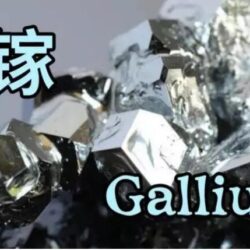
Gallium
gallium (Ga), chemical element, metal of main Group 13 (IIIa, or boron group) of the periodic table. It liquefies just above room temperature
Read more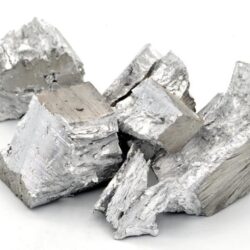
Magnesium Metal
Magnesium metal is a silvery-white metal that ignites easily in air and burns with a bright light. Magnesium is one-third less dense than aluminium.
Read more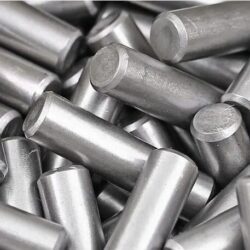
Alloy steel
Most commonly, the phrase “alloy steel” refers to low-alloy steels.Alloy steel is a type of steel alloyed with several elements such as molybdenum, manganese, nickel, chromium, vanadium, silicon, and boron.
Read more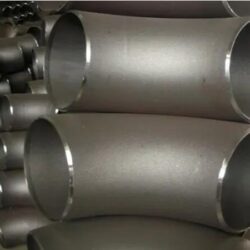
Carbon Steel Metal
Carbon steel is a special type of steel that, as the name suggests, has a higher concentration of carbon than other types of steel. Most types of steel have a relatively low carbon content of about 0.05% to 0.3%. In comparison, carbon steel has a carbon content of up to 2.5%. Two-and-a-half percent carbon may sound insignificant, but it introduces several attractive benefits that aren’t found elsewhere.
Read more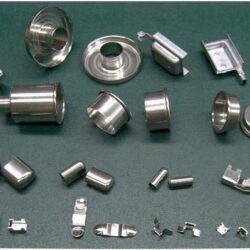
Post-transition metals
The post-transition metals, also known as the poor metals, is a group of metals on the periodic table. the post-transition metals sit between the transition metals on their left, and the metalloids on their right. The Group 12 elements are sometimes included. Sometimes germanium and antimony are included, although they are normally considered metalloids. They normally have higher electronegativities than the transition metals. Their melting points are lower, too. They are generally softer than other metals
Read more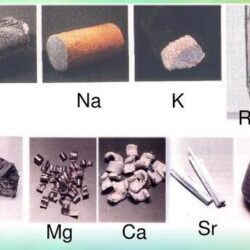
Alkali metal
The alkali metals consist of the chemical elements lithium, sodium, potassium, rubidium, caesium, and francium. Together with hydrogen they constitute group 1, which lies in the s-block of the periodic table
Read more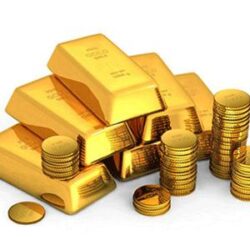
Gold Metal/Aurum Metal
Gold has several qualities that have made it exceptionally valuable throughout history. It is attractive in colour and brightness, durable to the point of virtual indestructibility, highly malleable, and usually found in nature in a comparatively pure form. The history of gold is unequaled by that of any other metal because of its perceived value from earliest times.
Read more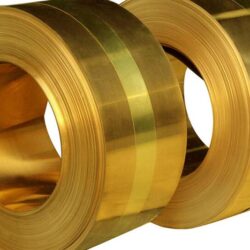
Non ferrous metals
In metallurgy, non-ferrous metals are metals or alloys that do not contain iron (Allotropes of iron ferrite) in appreciable amounts.All pure metals are non-ferrous elements, except for iron (Fe).
Read more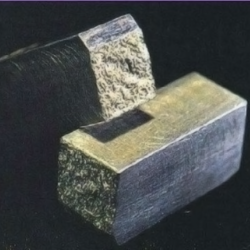
Brittle metal
A material is brittle if, when subjected to stress, it fractures with little elastic deformation and without significant plastic deformation. Brittle materials absorb relatively little energy prior to fracture, even those of high strength. Breaking is often accompanied by a sharp snapping sound.
Read more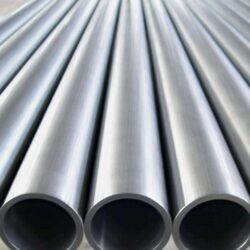
Steel Material
Steel is an alloy of iron and carbon containing less than 2% carbon and 1% manganese and small amounts of silicon, phosphorus, sulphur and oxygen.
Read more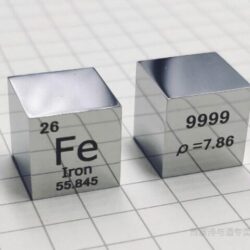
Iron metal
Iron is a mineral that our bodies need for many functions. For example, iron is part of hemoglobin, a protein which carries oxygen from our lungs throughout our bodies. It helps our muscles store and use oxygen. Iron is also part of many other proteins and enzymes. Your body needs the right amount of iron.
Read more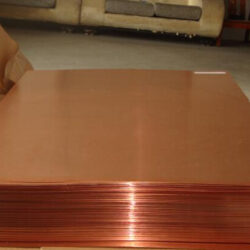
Copper Metal
Copper is a chemical element with the symbol Cu (from Latin: cuprum) and atomic number 29. It is a soft, malleable, and ductile metal with very high thermal and electrical conductivity. A freshly exposed surface of pure copper has a pinkish-orange color. Copper is used as a conductor of heat and electricity,
Read more
Aluminum Metal
Aluminium (aluminum in American and Canadian English) is a chemical element with the symbol Al and atomic number 13. Aluminium has a density lower than those of other common metals, at approximately one third that of steel. It has a great affinity towards oxygen, and forms a protective layer of oxide o
Read more
Metal Overview
Metals are opaque, lustrous elements that are good conductors of heat and electricity. Most metals are malleable and ductile and are, in general, denser than the other elemental substances.
Read more